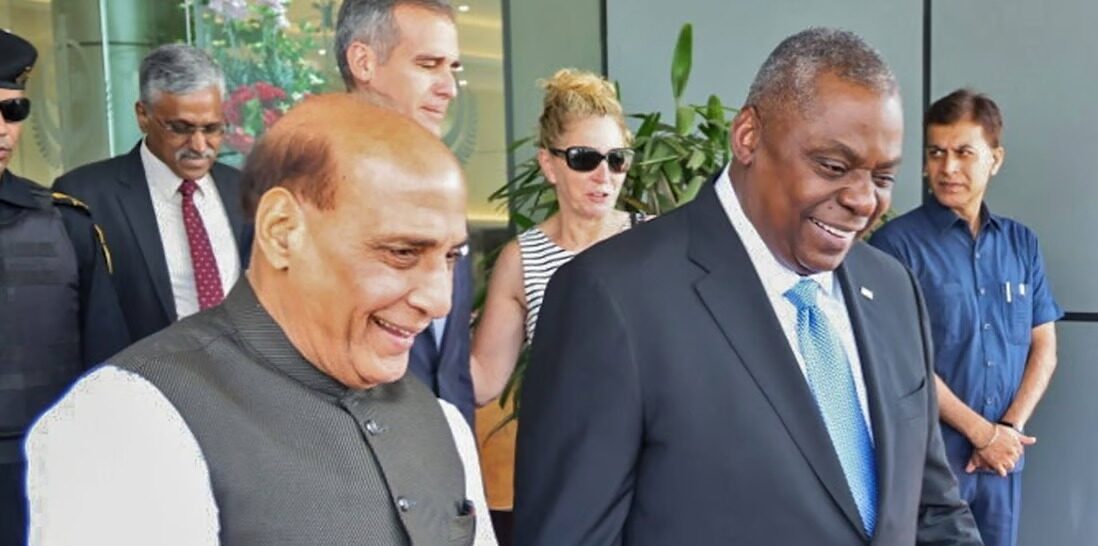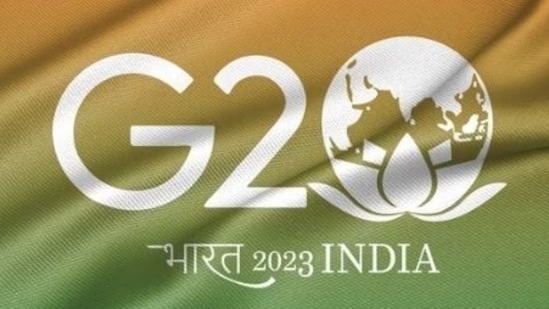Can Germany Help India Overcome Its Submarine Troubles?
THE DIPLOMAT
APLN member Rajeswari Pillai Rajagopalan writes on a potential Indo-German partnership for building submarine. She argues that given the worsening naval balance in the Indo-Pacific, replenishing the Indian naval inventory should have been a priority. Read the original article here.
A new submarine deal could bring back Germany as a major player in the Indian defense sector.
Faced with a worsening naval balance in Asia, India is seeking to build additional submarines, and Germany is its latest potential partner. An Indian-German team will bid to jointly produce six submarines costing around $5 billion (420 billion Indian rupees).
Under Project 75I, India’s Mazagon Dock Shipbuilders Limited (MDL) and Germany’s Thyssenkrupp Marine Systems (TKMS) signed a memorandum of understanding that has the two parties bidding to co-produce the submarines. According to an Indian official who spoke to Indian media, the German partner TKMS “will contribute to the engineering and design of the submarines as well as the consultancy support” while the Indian partner, MDL, is responsible “for constructing and delivering the submarines.”
German Defense Minister Boris Pistorius, who was on a visit to India after participating in the Shangri-La Dialogue, said that “India is an important, not to say the most important, strategic partner for Europe and also for Germany.” He sees the submarine deal as a “flagship project” to cement bilateral defense ties as well as a step in reducing Indian dependency on Russia in the long term. Responding to a question during an interview with an Indian newspaper, the German minister said that “we can’t have an interest in the long run that India is so dependent on Russia’s delivery of weapons or other materials. Therefore, we have to think about that, what we can do.”
Others, such as South Korea’s Daewoo and Spanish firm Navantia, are in the competition too. On the India side, it will be either the MDL or a private industry player, Larsen & Toubro, that will be chosen to construct the six stealth diesel submarines.
Under the global tender issued by the Indian government in July 2021, the new submarines will need to be equipped with land attack cruise missiles and air-independent propulsion (AIP) through foreign collaboration. India does not have even one submarine with AIP, which enhances a submarine’s underwater endurance. The AIP requirement will push out both the French and Russian competitors because neither operate submarines with AIP.
But problems with the acquisition continue. The timelines for even the tender have seen several delays, from November 2021 to June 2022, later to December 2022 and now to July 2023. Once a contract is signed, it will likely be a decade before the submarine can be launched.
While India has been diversifying its defense trade partners for more than a decade now, weaning itself away from Russian arms has not been easy given the legacy systems that the Indian military continues to use. However, the Russian delays in supplying weapon platforms to India because of the invasion of Ukraine may present India with an opportunity to diversify. The India-German agreement is one example.
Germany is not new to the Indian defense sector, but it has not been a significant arms supplier to India for a while now. The last major defense deal between India and Germany was in December 1981 for the supply of four submarines from Howaldtswerke-Deutsche Werft (HDW). The Shishumar-class diesel submarines included INS Shishumar, INS Shankush, INS Shalki, and INS Shankul. The new submarine deal could bring back Germany as a major player in the Indian defense sector, with possibilities beyond the submarine deal.
The German minister and his counterpart, Rajnath Singh, had productive discussions on the German defense industry supply chain making use of India. Singh asked Pistorius to make investments in the two defense industrial corridors in Uttar Pradesh and Tamil Nadu. With many Western countries including Germany looking at de-risking and shifting out of China, India is trying to position itself as an alternative. It could prove to a win-win opportunity, but India might still need to do more to change the investment climate in India.
India’s submarine inventory has been shrinking rapidly over the past decade. It currently has a strength of just 16 operational conventional submarines, many of which are over 30 years old and should have been retired by now. India’s efforts at beefing up the numbers have been partly addressed through the P75 program, which was based on a deal with France to build Scorpene-class submarines, but this has run into serious delays. The deal to locally produce the Kalvari (Scorpene)-class conventional diesel-electric submarines (SSKs) was concluded with France in October 2005, with the first launched for sea trials 10 years later in October 2015.
The inordinate delays with India’s submarine procurement is striking. When India entered into the French agreement, the timeline was to have the first SSK launched by late 2012. The reminder of the boats were to be inducted one per year and the program to be completed by 2017. But due to the delay, the first of the six submarines, INS Kalvari, was inducted only in 2017 and with four others following later: INS Khanderi (September 2019), INS Karanj (March 2021) and INS Vela (November 2021). The last of the six submarines, the INS Vagsheer, is slated to be inducted by the Indian Navy in early 2024.
Given the rapidly changing naval balance between India and China, including in submarines, replenishing the Indian naval inventory should have been a priority. China has more than 50 diesel-powered submarines and 10 nuclear submarines. India’s submarine strength is declining even with regard to Pakistan. According to media reports, Pakistan will possess at least eight new Yuan-class diesel submarines equipped with AIP by 2027 in addition to the five submarines it already operates. The first of these new submarines is to reach Pakistan by the end of this year. The Indian Navy must be fervently hoping that there will be no further delays in the tendering process, which is one of the earliest steps in the acquisition process.
Image: Twitter / @rajnathsingh



